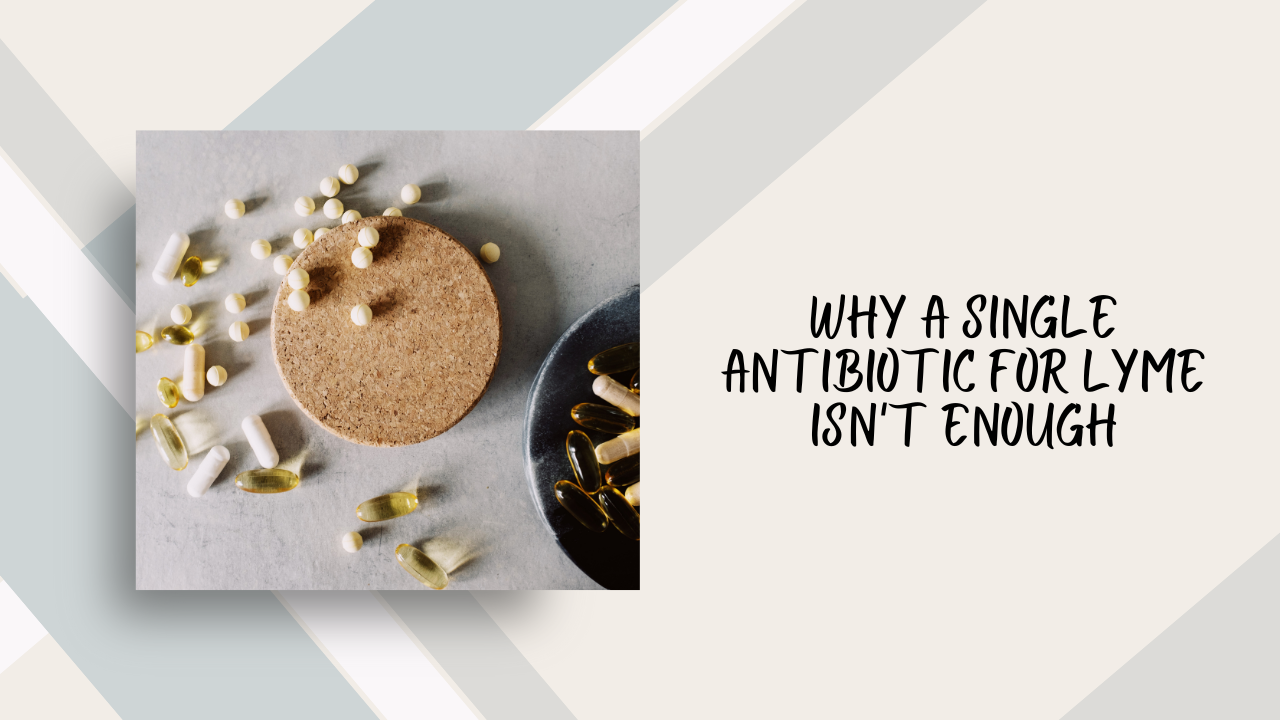Why a single antibiotic for Lyme isn't enough
Apr 18, 2023
The Lyme bacteria, aka Borrelia, are crafty little critters. They have great survival instincts and have numerous ways to evade attack and eradication.
One of the ways they protect themselves is by morphing into different forms. We call this pleomorphism.
The Borrelia bacteria can exist in 3 different forms - the spirochete form, the cell-wall deficient form and the cyst form. In general terms, think of it like a caterpillar, a cocoon and a butterfly ... theoretically the same creature but they look and act very differently depending on where they are in their life cycle. The difference with Borrelia, though, is that it can move from one to the other and back again - it's not simply a linear process. A spirochete can be driven into cyst form, then return to spirochete form somewhere down the road.
Why is this so important?
Because specific antibiotics work in specific ways. For example, one antibiotic might work by shooting holes in the cell wall of the bacteria, thus killing it. But how effective will that antibiotic be for the Borrelia bacteria that have lost their cell wall, ie the cell-wall deficient forms? Not very, is the answer.
Another antibiotic might work by messing with the DNA of the bacteria - so that will target the bacteria differently.
The cyst forms require different medications again - my favorite there is tinidazole, which is strictly an anti-parasitic, it's not even a true antibiotic.
Say someone is taking doxycycline for their chronic Lyme. That works on the cell-wall deficient forms.
What about the spirochetes?
What about the cyst forms?
The risk is that those critters will try to evade being killed so they will morph into cyst form. They're rolling up in a ball and hiding. Picture a snail retreating into it's shell - you can't see it, but it's still there.
There might be some improvement in symptoms for a while since cyst forms tend to be more dormant forms and do not provoke such severity of symptoms. But then once antibiotics are discontinued, the cysts can come back out to play and the person gets worse again.
This is why when I treat chronic Lyme with antibiotics it's triple therapy - a medication for the spirochete forms, a medication for the cell-wall deficient forms, and a medication for the cyst forms.
Is it a lot? Yes. But it's what's needed to get the job done.
I try to minimize the impact on the gut by using pulsing certain meds, for example, or using injectible antibiotics that don't mess with gut flora ... lots of great quality, high-potency probiotics etc.
So here's the thing. Treating chronic Lyme with a single antibiotic is rarely going to work, at least long term.
I don't do antibiotic therapy with all my patients, but when I do, I follow these principles to get them optimal results.
If you want to learn more about how I treat Lyme disease, check out my practice, RestorMedicine. This year marks my 20th anniversary of being in practice, most of that time treating patients with chronic Lyme, and it's been the most rewarding journey.

